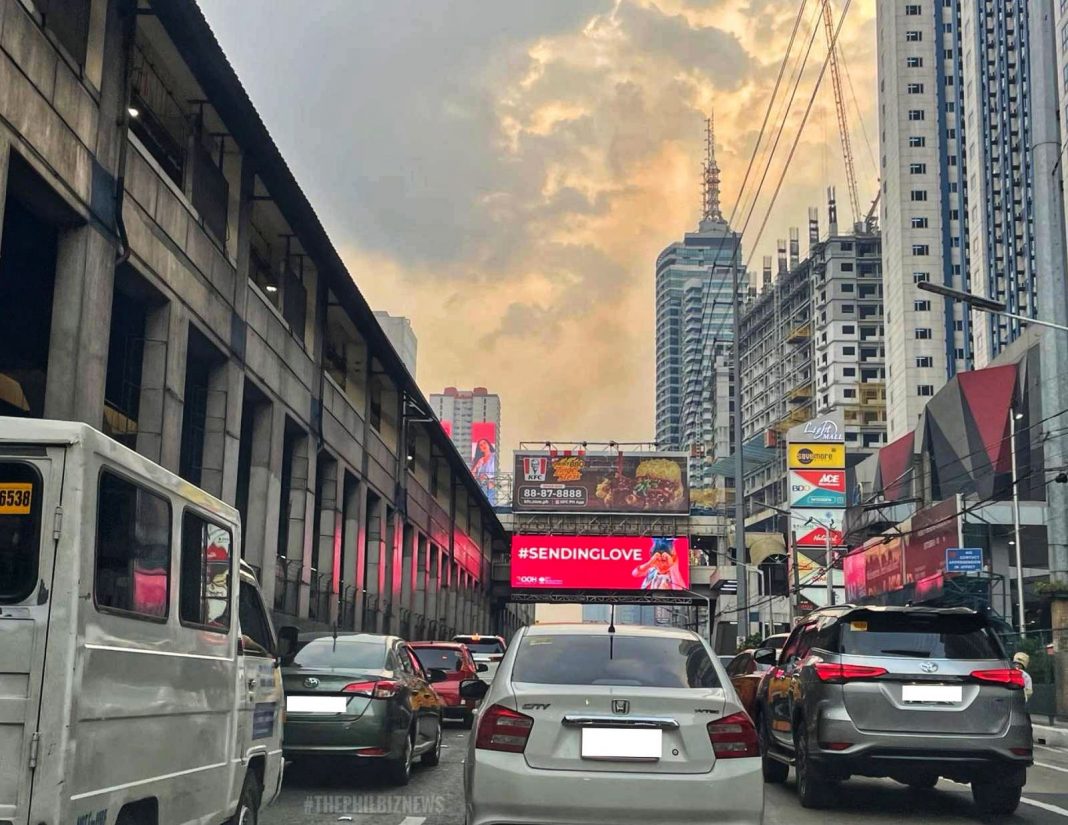Asia-Pacific Economic Cooperation’s (APEC) member countries can consider mode-specific policies to reduce greenhouse gas (GHG) emissions in the transportation sector, responsible for one-fifth of the world’s total carbon dioxide emissions, including securing a greener future for shipping and switching to zero-emission vehicles on the road.
Emmanuel San Andres, a senior analyst at the APEC Policy Support Unit, said an effective policy intervention is needed to spur innovations and practical solutions that can reduce GHG emissions quickly and effectively.
“Contributing 77 percent of transport emissions globally in 2021, making headway in decarbonizing land transportation is crucial to reduce overall carbon emissions,” he said in an APEC bulletin.
On the supply side, San Andres said vehicle electrification is the fastest and most efficient way to reduce the carbon footprint of land transportation.
He said governments need to adopt policies to align the signals in the electric vehicle (EV) market.
San Andres said that for producers, governments can implement vehicle supply regulations, which can be done by setting fuel performance mandates.
“For consumers, governments can provide purchase and usage incentives, such as rewarding consumers with free or discounted parking among other benefits. Providing convenience through easy access to public charging stations and information campaigns can also influence consumers’ decision to buy EVs,” he said.
On the demand side, San Andres said policymakers should improve the coverage and quality of public transportation as its usage is associated with 45 percent lower CO2 emissions relative to privately owned vehicles.
“This can be paired with promoting carpooling infrastructure and encouraging walking and cycling through well-designed urban spaces, with the goal of dampening demand for private vehicles on the road,” he added.
To secure low-emission shipping from port to starboard, San Andres said support for research and development is needed to explore a greener future for shipping, including the use of sustainable fuels, electric-powered ships and even the return of wind power —this time with blades rather than sails— to carry ships across oceans.
“For now, however, adoption of sustainable fuels is still the most feasible until greener technologies become available. To help kickstart the adoption of green fuels, governments can support the construction of bunkering infrastructure, which allows ships to refill their fuel at port, through policies such as co-investment in assets, pilot programs and regulation,” he said.
As green shipping starts on land, San Andres said one strategy calls for green port systems, homing in on improvements in energy efficiency and sustainable practices at ports.
“These include reducing port fees for ships satisfying environmental standards, incorporating environmental standards into procurement processes, and establishing emission trading schemes. Incentives for reducing ship speeds have also been explored by some ports to reduce GHG emissions,” he added.
San Andres said another area to consider is the establishment of green shipping corridors, which have gained traction in Chile, Korea and the United States.
“Green shipping corridors involve a holistic view of sustainable practices from port A to port B and the route connecting them. This helps coordinate and complement sustainability efforts across shipping lanes and incentivizes investment in sustainable practice, while reducing GHG emissions and pollution,” he said.
While greener technologies are still in development, San Andres said aviation will need to rely on mitigation, efficiency and market correction to reduce its GHG emissions.
“Mitigation involves ramping up the use of sustainable, clean fuels in aviation whenever applicable. Subsidies for sustainable fuel use combined with setting a minimum percentage of sustainable fuels in a flight’s fuel mix can bring aviation to a cleaner cruising altitude,” he said.
San Andres said correcting market signals by making emissions more expensive can incentivize sustainable practices while reducing demand for carbon-intensive options.
“Carbon pricing and taxes are one way some APEC members have used to realign signals in the sustainable aviation fuel market. Carbon offsets—if monitored transparently and effectively to avoid greenwashing—can also provide an opportunity for airlines to reduce emissions while supporting climate change mitigation,” he added.














